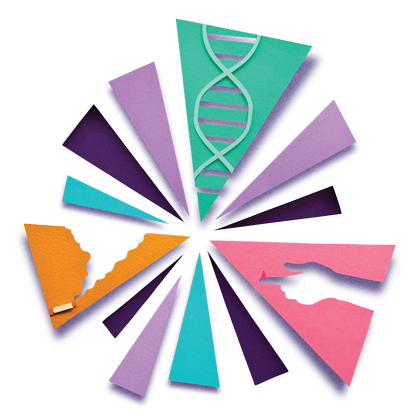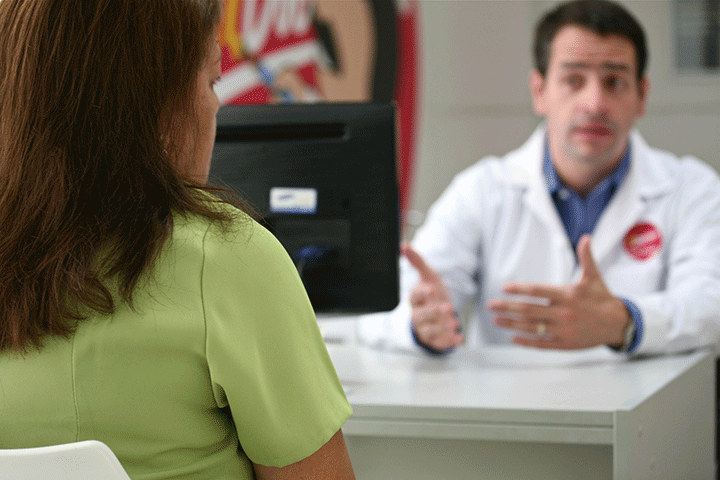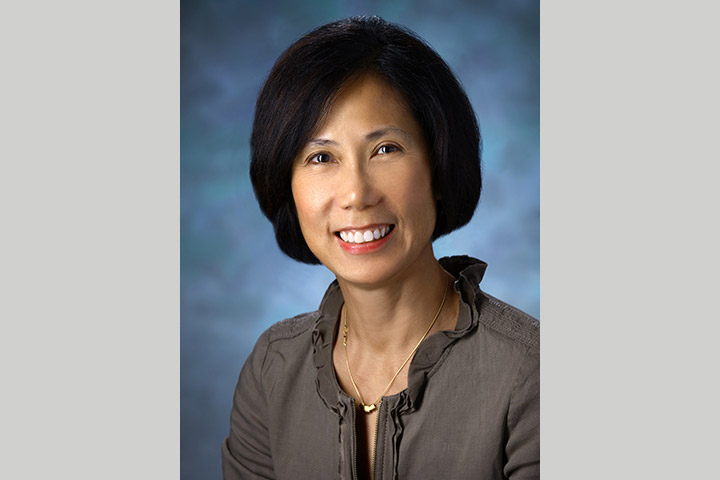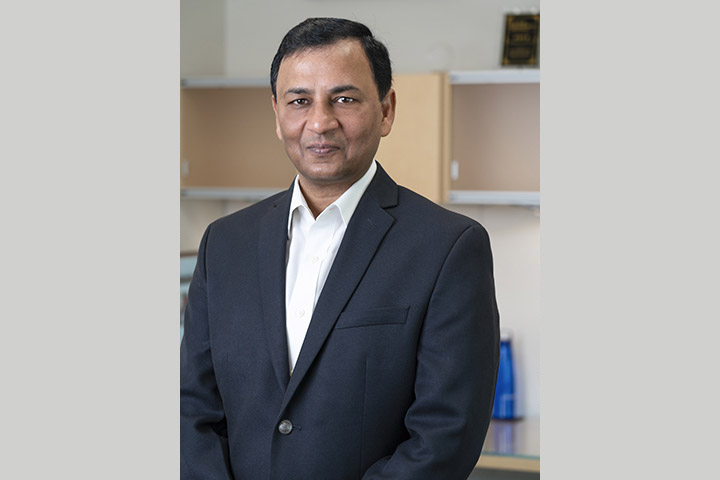Screening Programs Save High-Risk People
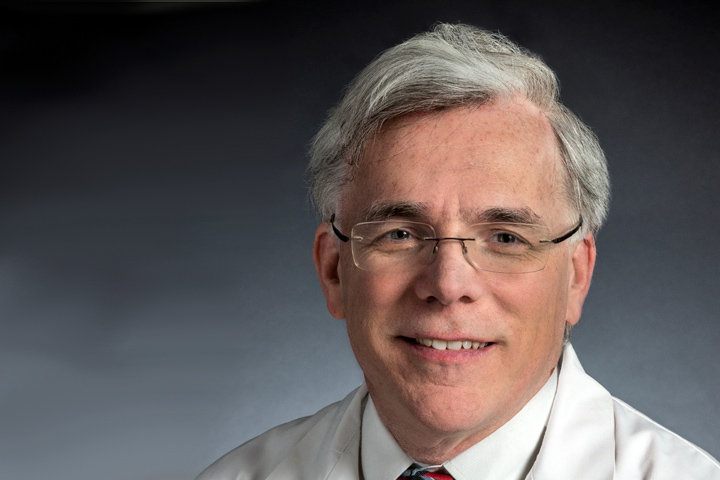
With a five-year survival rate of about 11 percent, pancreatic cancer remains among the deadliest forms of cancer.
The reason: Most patients don’t show signs of the disease until it has reached advanced stages, when it’s least treatable.
Now studies are just beginning to bear out what scientists have speculated for decades: Surveillance programs for individuals at high risk of developing pancreatic cancer save lives. This group includes those who carry a pathogenic genetic variant such as BRCA or PALB2, have multiple first-degree or first- and second-degree relatives with pancreatic cancer, or have pancreatic cysts.
What the Research Shows
In a 2022 study published in the Journal of Clinical Oncology, researchers reported that nine of the nine pancreatic cancers detected during surveillance were operable, with an 85 percent 3-year survival rate.
“When we’re able to catch pancreatic cancer in its earliest stages, especially stage I, outcomes are radically different,” says senior author Michael Goggins, M.B.B.Ch., M.D., the Sol Goldman Professor of Pancreatic Cancer Research and director of the Pancreatic Cancer Early Detection Laboratory at Johns Hopkins (Baltimore, Maryland).
For more than 9 years, Goggins has served as a principal investigator of the Cancer of the Pancreas Screening-5 Study (CAPS5), a multi-institute research program developed to evaluate the effectiveness of early detection screening in high-risk individuals and research new biomarkers to improve early detection.
Questions About Surveillance
Despite impressive results, widespread screening for pancreatic cancer, even among people at high risk of developing the disease, can be an emotionally and economically costly endeavor.
“Pancreatic cancer is relatively rare, accounting for roughly 3 percent of all cancers in the United States, so the cost-effectiveness of screening, even among high-risk individuals, is limited,” Goggins says. And unlike breast, colon, and prostate cancers, screening for pancreatic cancer is complex—there’s no one-size-fits-all method.
No professional groups currently recommend widespread screening for pancreatic cancer, in part because years of surveillance and annual screening can be taxing for patients.
“Following potentially cancerous lesions over time can be stressful for patients. Occasionally, it can even result in unnecessary operations,” Goggins explains. In the aforementioned study, for example, five patients underwent surgery after imaging uncovered suspicious lesions only to learn the growths were benign.
Successful Surveillance Programs
Screening to detect pancreatic cancers and their precursor lesions could improve survival—if it facilitates surgical resection for early-stage disease.
“In the general population people diagnosed with pancreatic cancer present with symptoms, and roughly 80 percent have advanced disease with a median survival under two years,” Goggins notes. “With surveillance, we have a complete flip of that where more than 80 percent of patients present with stage I or stage II disease and their median survival was just under 10 years.”
When screening does occur, doctors use one of two methods:
- Endoscopic ultrasound (EUS): With EUS, doctors insert a thin, flexible tube with a tiny camera on the end (called an endoscope) into your mouth and through the esophagus, stomach, and duodenum. A small ultrasound probe at the tip of the tube emits high-frequency sound waves to capture detailed images of the pancreas and surrounding organs.
- Magnetic resonance cholangiopancreatography (MRCP): This noninvasive MRI of the pancreas uses a high-powered magnetic field, radio waves, and a computer to allow doctors to evaluate the pancreas and pancreatic duct for disease, as well as the liver, gallbladder, and bile ducts.
While these screening methods are not yet available everywhere, particularly in rural areas, the number of medical centers across the country offering screening programs for people at high risk of pancreatic cancer continues to climb.
Interested in learning if you’re a candidate for ongoing surveillance? Here’s a sampling of centers which are leading the way in screening high-risk individuals for pancreatic cancer:
- Multidisciplinary Pancreatic Cyst Clinic at The Johns Hopkins Hospital
- Johns Hopkins Hospital Cancer of the Pancreas Screening Program (CAPS), which includes the following locations:
- Fred Hutchinson Gastrointestinal Cancer Prevention Program
- Mayo Clinic
- MD Anderson
- NYU Langone Health Perlmutter Cancer Center
- Memorial Sloan Kettering Pancreatic Cyst Surveillance Program
- Mount Sinai Pancreatic Cancer Early Detection Consortium
- UC San Diego Moores Cancer Center
- University of Virginia Health
Many cancer centers screen high-risk individuals, even in the absence of a specific program.



